Lessons from the Mountains: How Rural Japan is Reinventing Itself
Three towns. Three stories. One question: What’s next for the Japanese countryside?
This week, I want to try something different.
Instead of just telling you about what I’ve seen or done, I want to share some thoughts I’ve gathered. It’s mostly my opinion; informative, but still fun, I think!
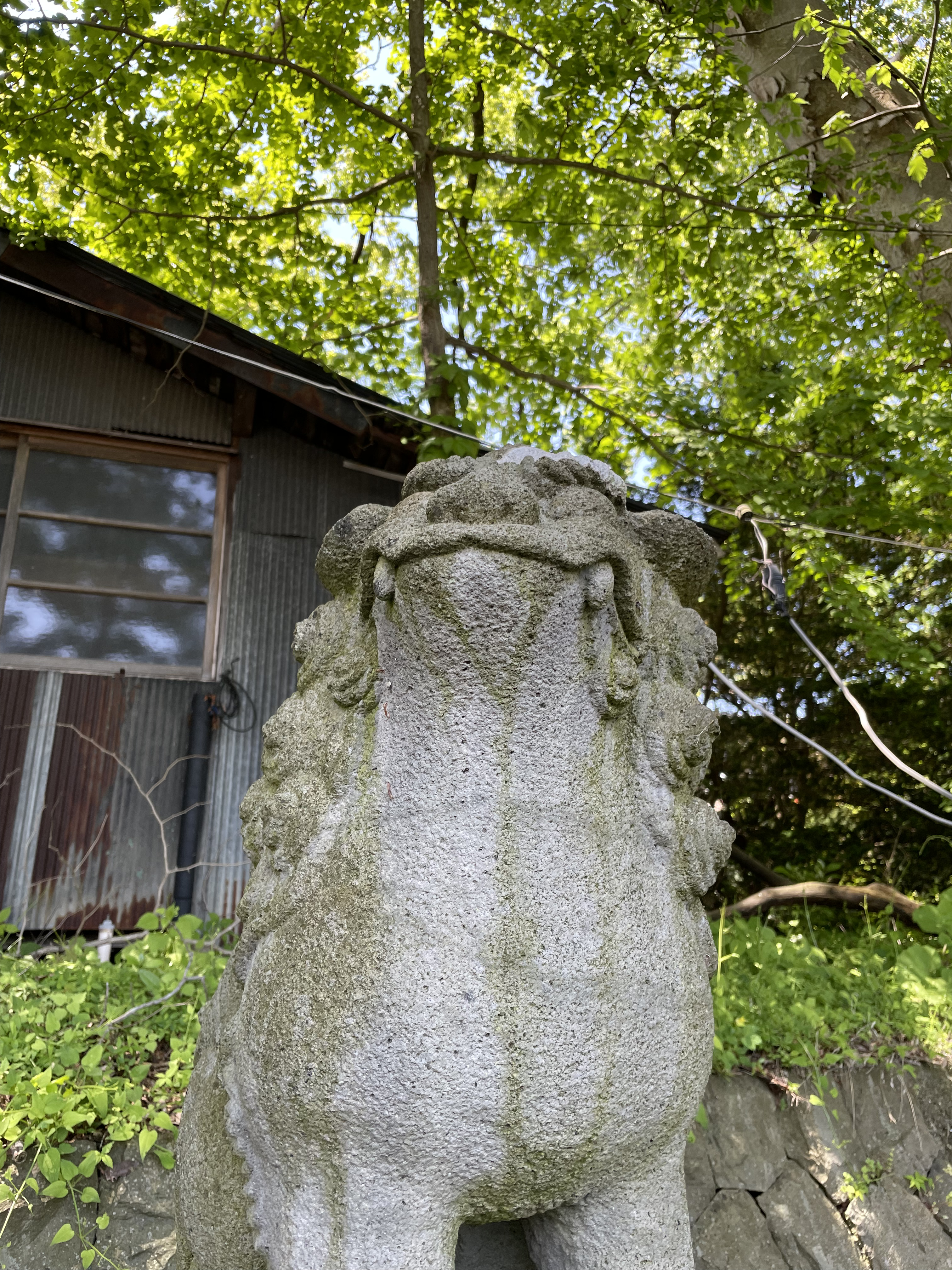
Big Cities vs. Small Towns: The Gap You Can Feel
This isn’t just a Japan's problem. Around the world, big cities are attracting younger generations in search of jobs, culture, and connection. In Japan, that means places like Tokyo and Osaka keep growing, while towns like Ichinohe, where I live, face decline.
But some places are rewriting that story.
Case 1: Kamiyama, Tokushima — Wi-Fi in the Wild
Kamiyama is a small town deep in Tokushima Prefecture, on Shikoku island. It has no Shinkansen, no Starbucks, not even a train station. But instead of seeing that as a limitation, the town leaned into what it did have: nature, silence, and space.
So they made a bold move: installing high-speed internet throughout the forests and even in remote locations up in the mountains. The goal? Become a hub for remote work. They attracted startups, creatives, and even large companies to open satellite offices. It worked!
Then came the art. The town started artist residencies, which led to murals, installations, and even private collections some that were just for the locals. It’s a blend of innovation and intimacy, where a programmer from Tokyo and a sculptor from Osaka might sit in the same café, surrounded by cedar trees.
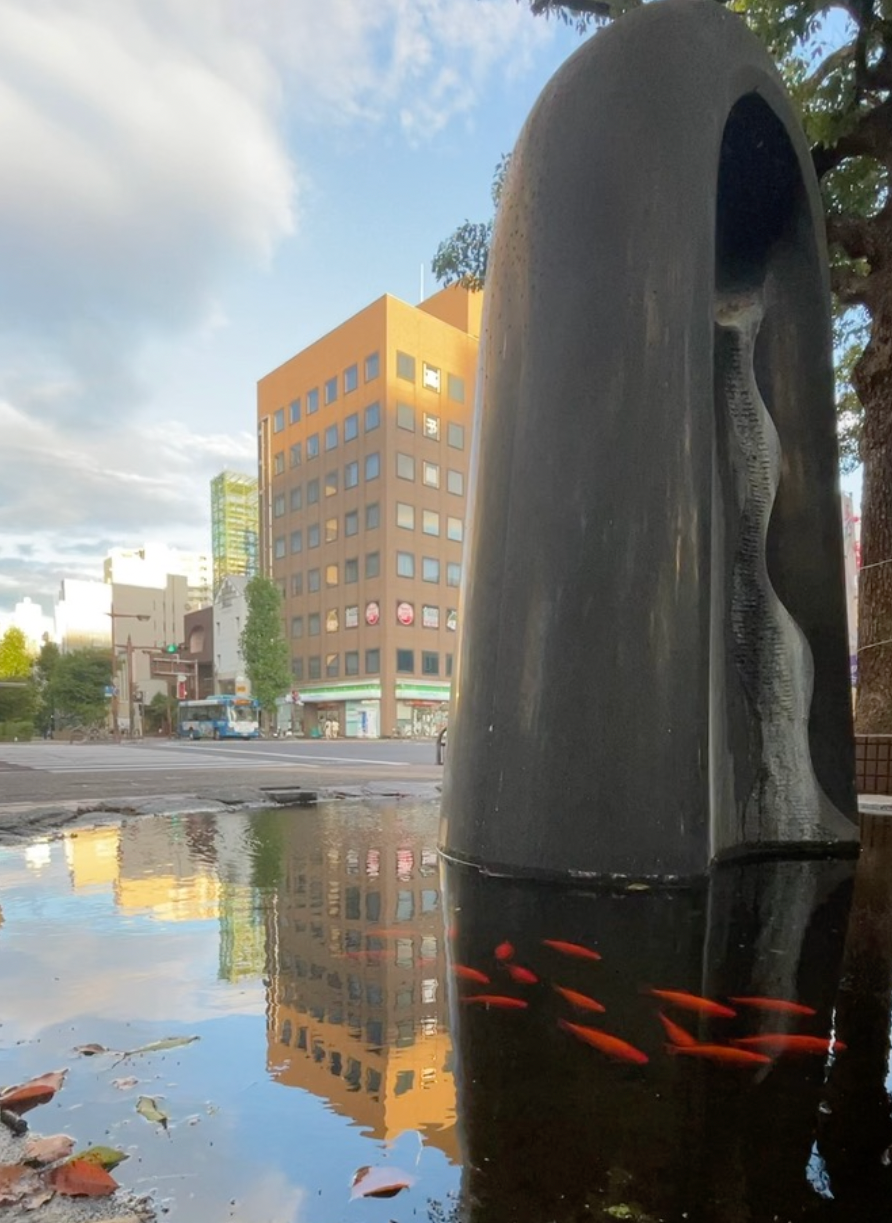
Case 2: Iida, Nagano — Puppets and Participation
Iida, tucked in the mountains of Nagano Prefecture, took a different path: culture. It hosts Japan’s largest puppet theater festival, drawing performers and visitors from all over the world. Puppet shows are held in parks, schools, theaters where the entire town gets involved.
What’s powerful about Iida is how culture became strategy. The festival connects to local education: children learn through puppetry, and artists help shape the town. There are international exchanges, and residents actively take part in decision-making.
It’s a reminder: cultural identity isn’t just heritage, it can be a tool for reinvention.
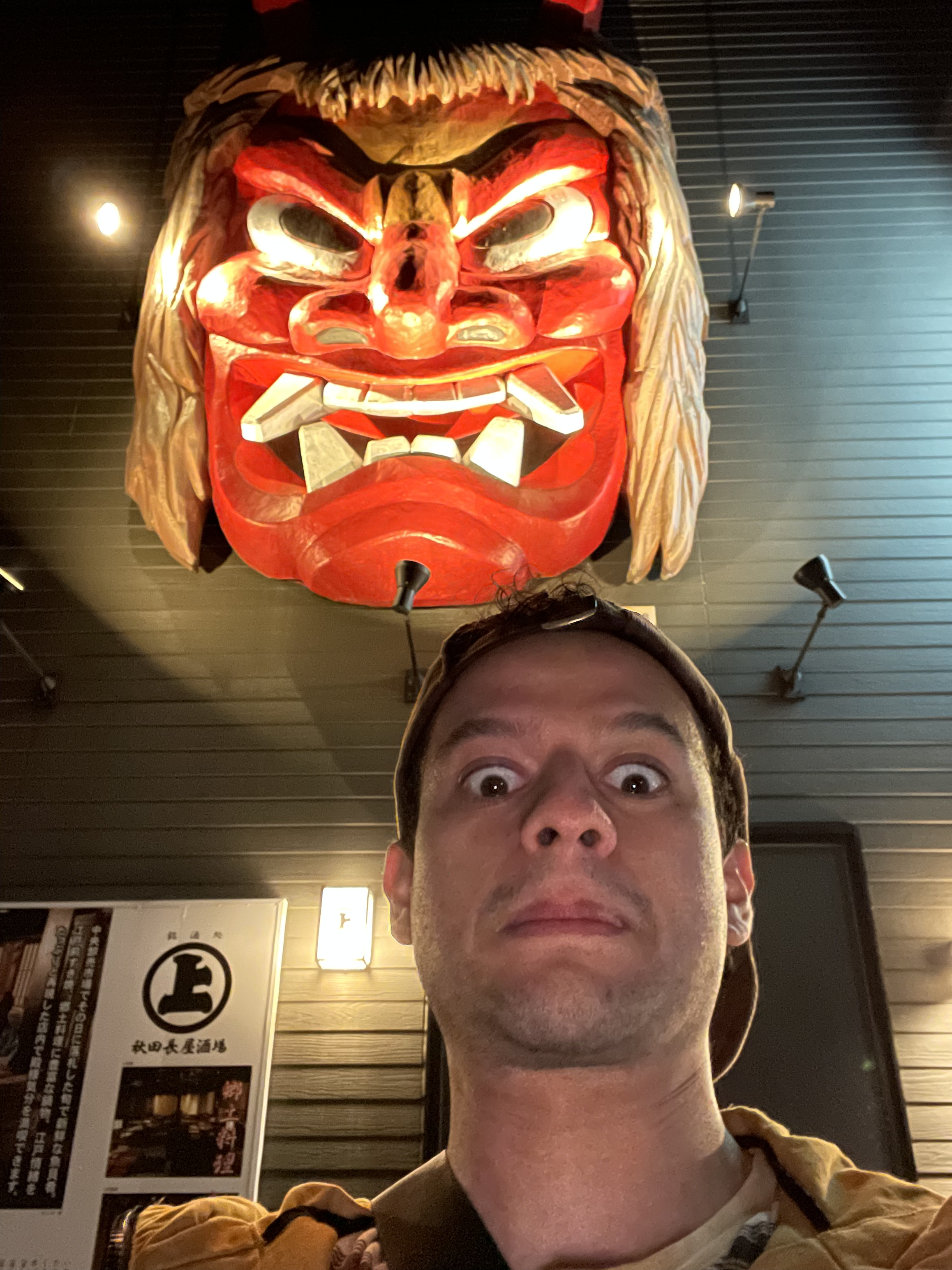
Case 3: Yusuhara, Kochi — Solar Panels and Wooden Temples
Even deeper into the mountains, Yusuhara in Kochi Prefecture impressed me with its twin focus: sustainability and beauty. The town invested in hydropower, solar, and wind to move toward energy independence.
At the same time, they teamed up with architect Kengo Kuma to build stunning wooden public buildings that honor the region’s forestry roots—and strengthen the local wood industry.
The result? A town that feels like a Ghibli film: eco-friendly, beautifully designed, and deeply connected to nature. And yet, completely real.
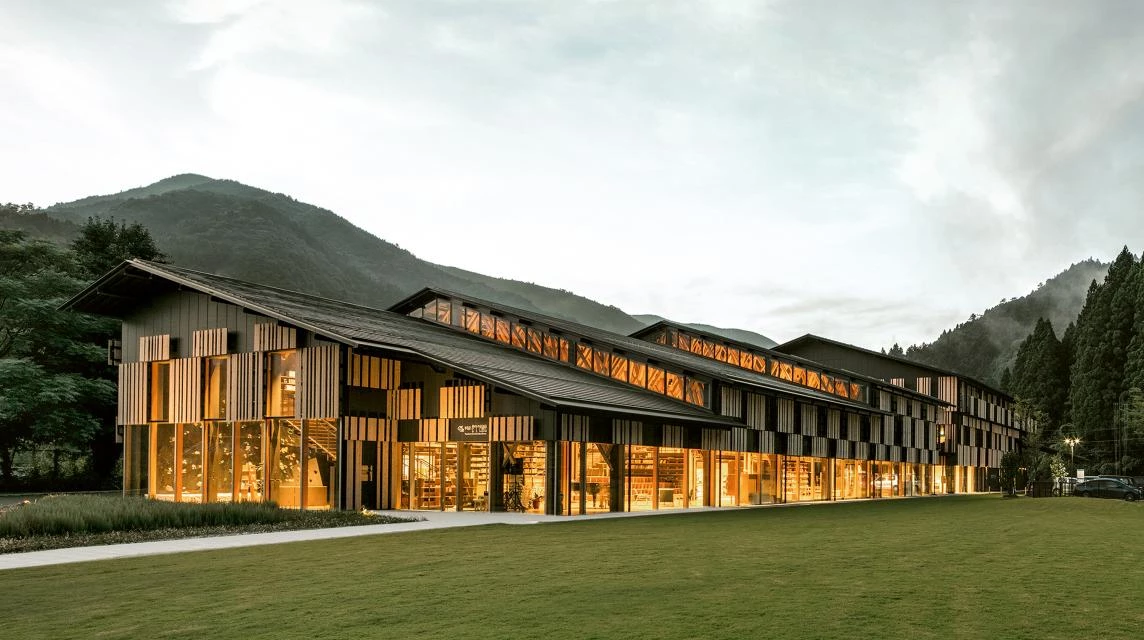
What about Iwate? What about Ichinohe?
Iwate Prefecture, known for its rugged mountains, untouched coastlines, and deep historical roots, is often seen as “too far” or “too quiet” by those in the city. And yet, it holds some of the most striking cultural and ecological treasures in Japan. From the UNESCO-recognized Hiraizumi temples to the wild natural beauty of the Sanriku Coast, Iwate has stories that remain largely untold.
Ichinohe, where I live, is one of those stories.

Ichinohe is a town relatively easy to access: just two hours from Morioka by car or train. We have a Showa-era cinema (Mandaikan), a ski slope at Okunakayama, and one of the best preserve Goshono Jōmon Site, where archaeology meets community with tons of activities every week. The incredible local traditions like kagura dances and shrine festivals. And here’s something even more incredible:
Ichinohe produces twice the energy it consumes, thanks to wind and biomass power. That’s practically unheard of in Japan. So why don’t more people know about it?
What Could Ichinohe Look Like in Ten Years?
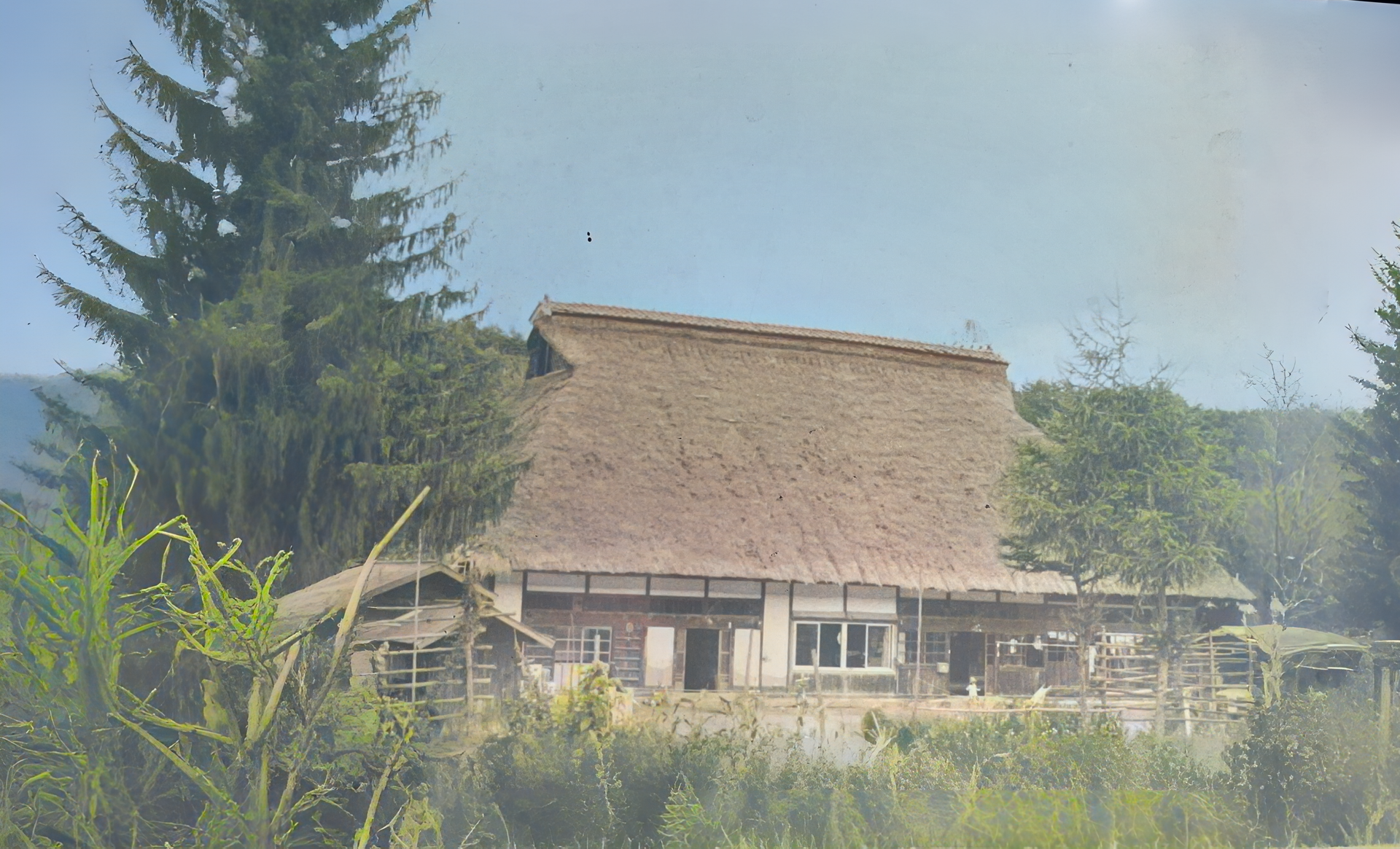
I believe the future of towns like Ichinohe won’t come from top-down government plans, but from people, culture, and bold imagination.
We already have the ingredients: clean energy, rich culture, accessible nature, and a tight-knit community. What we need now is the “connective tissue”: a shared vision that links the old and the new—and invites both locals and newcomers to dream together.
What if Goshono became not just a historical site, but also a creative canvas for artists and storytellers? What if the ski slope became a winter arts retreat? What if we took the creativity behind our kagura and matsuri and expanded into street art, food festivals, film nights, or design residencies?
Ichinohe doesn’t need to become Tokyo. It doesn’t even need to become Kamiyama. It just needs to become more itself: louder, prouder, and a little bolder. The countryside doesn’t have to mean decline. It can mean reinvention. Maybe, just maybe, that’s where Japan’s next chapter begins: not in the skyscrapers, but in the shadows of the mountains.